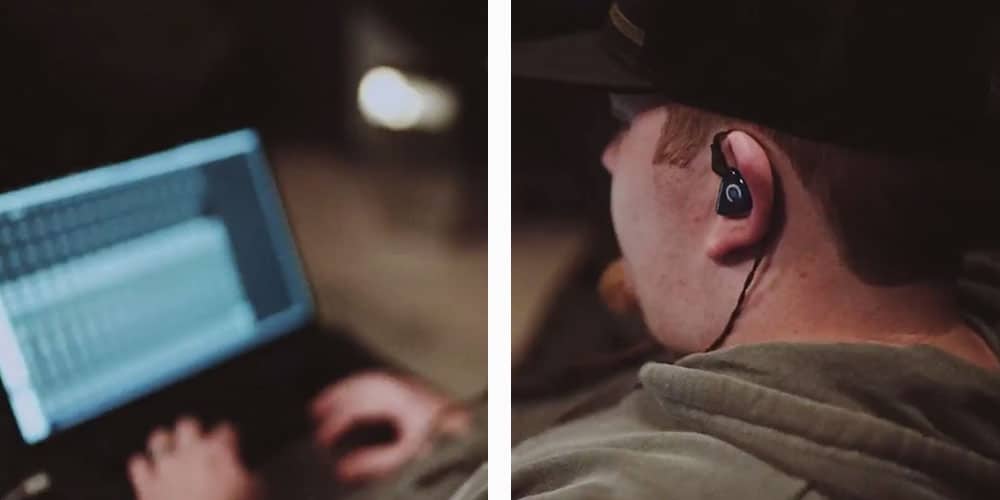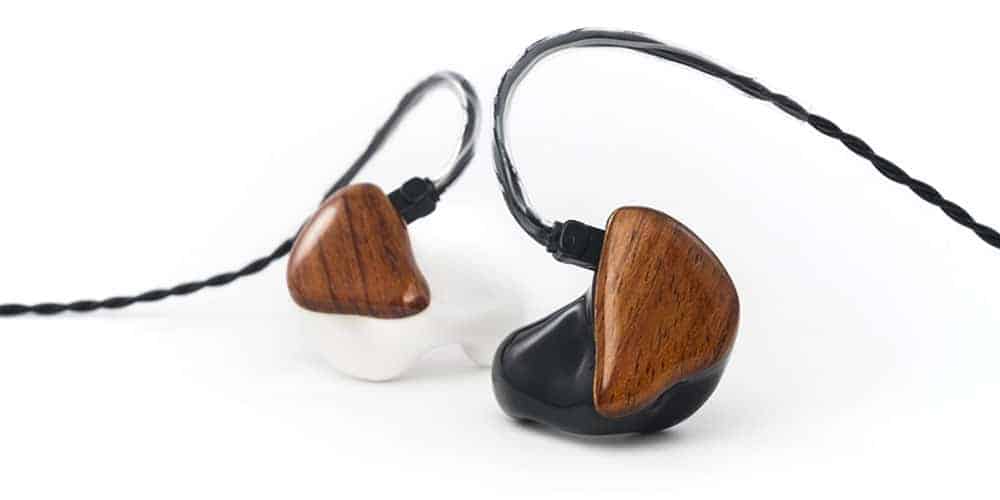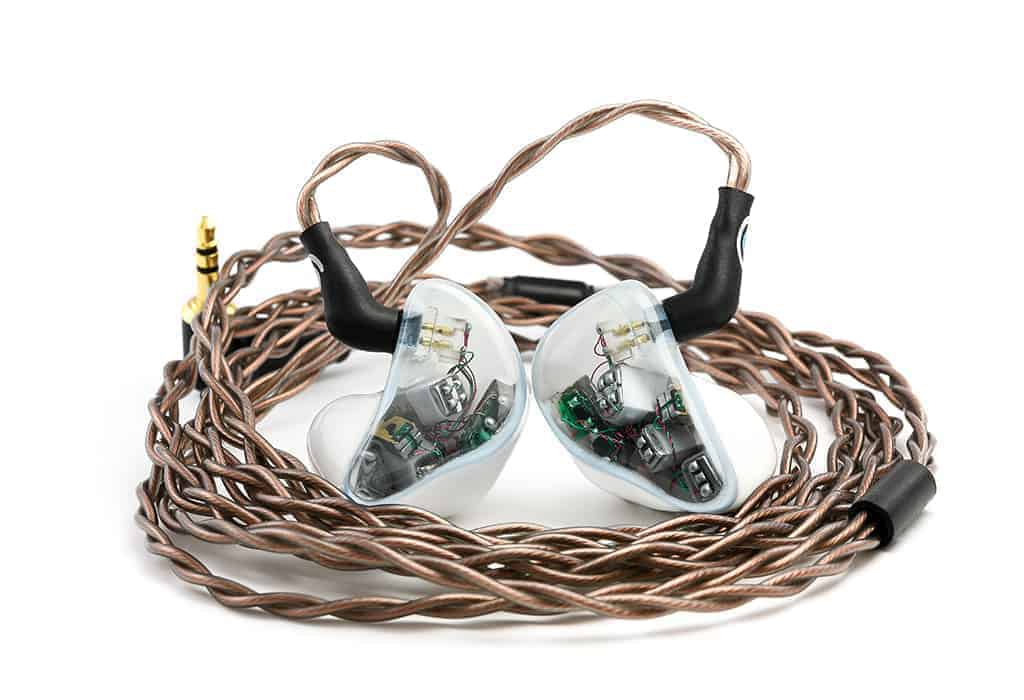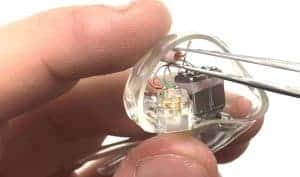Best In Ear Monitors for Front of House Engineers
What is the best in ear monitor for studio mixing and mastering? Studio engineers need the flattest most accurate sound possible. It is also beneficial to have an abundance of clarity so that you can hear minute changes to the mix, mic placements, reverb tails, or other essential mix elements.
Here are some of the best in ear monitors for front of house engineers.
Every model in our “recommended in-ear monitors for front of house engineers” list above are outstanding FOH monitors. We have a number of different models at different price points so you can find a model that fits your budget and monitoring needs.
At an entry level, our Versa will provide balance with a hint of low end prominence. Stepping up to the ST3 gives you balance with astounding clarity and a “room feel”. The RSM is punchy and accurate with great detail. The Studio4 is hyper-accurate, almost clinical. It is about the closest you can get to flat and true “reference” quality. The Electro is very accurate but has added clarity and soundstage/depth due to the electrostatic drivers. For hearing minute detail, the Electro is a must.
For some more info models designed to excel in the studio, check out this link: Studio in ear monitors for mixing and recording
If you are looking to stretch your dollar, select the Affirm finance program at check out to pay smaller monthly payments. It is an easy way to get a model that might fit your needs better.

DRIVERS ED: What is a Crossover?
When two or more speakers are used together their ranges overlap. The places they overlap will produce a louder volume than where the frequencies do not overlap. At its most basic...
DRIVERS ED: Headroom
When deciding which in-ear monitor to get, there is more to the decision than just the number of drivers. Different frequencies require different amounts of power to produce. Low frequencies needs lots of power where higher frequencies don’t need as much. There are lots of technical articles available for those who want to learn more about headroom and loudness curves. We’ll try to keep it simple here.
DRIVERS ED: How Many Drivers?
How many drivers do i need? How many drivers? Good question. The simple answer is… enough. But how many is…
DRIVERS ED: What is a Driver?
A driver is essentially a speaker We hear a lot of confusion about drivers these days so we wanted to…














